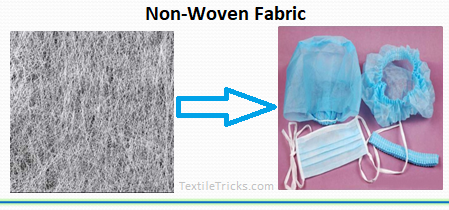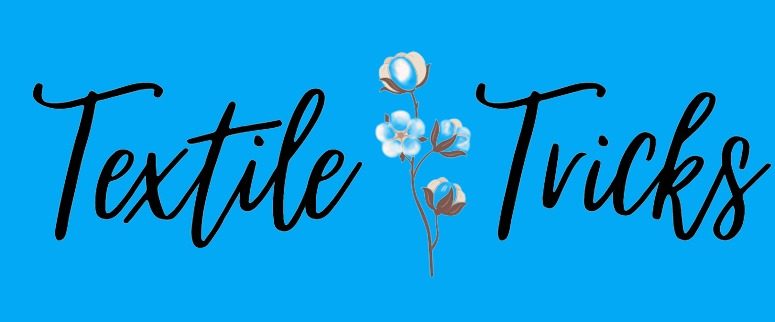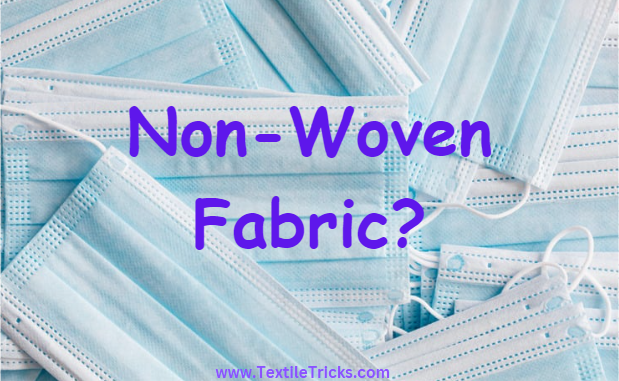Non-woven fabric, also known as non-woven material, is a type of textile fabric that is produced by bonding together fibers or filaments using mechanical, thermal, or chemical processes, rather than weaving or knitting them together.

Unlike traditional woven fabrics, non-woven fabrics are made directly from fibers or filaments to fabric (excluding yarn formation), which are arranged in a random or oriented manner and then bound together.
Here are some key characteristics and features of non-woven fabrics:
Manufacturing Process:
Non-woven fabrics are produced through various methods such as spunbond, meltblown, needle punching, or chemical bonding. These processes involve entangling or bonding fibers together to form a fabric-like structure.
Non-Woven Fabric Structure:
Non-woven fabrics can have a wide range of structures, from loose and porous to dense and compact. The fibers can be arranged in a random or organized pattern, depending on the intended use of the fabric.
Strength and Durability:
Non-woven fabrics can vary in terms of strength and durability, depending on the specific fibers used and the manufacturing process. Some non-woven fabrics are designed to be strong and tear-resistant, while others may be more delicate and intended for lightweight applications.
Absorbency of Non-Woven Fabric:
Non-woven fabrics can be engineered to have different levels of absorbency. Some are highly absorbent, making them suitable for applications such as wipes, medical products, or filtration materials.
Breathability of Non-Woven Fabric
Non-woven fabrics can be made to be breathable or non-breathable, depending on the requirements. Breathable non-woven allows air and moisture to pass through easily. It makes them suitable for applications where ventilation is desired, such as in certain types of clothing or hygiene products.
Applications of Non-Woven Fabric:
Non-woven fabrics have a wide range of applications across various industries. They are commonly used in medical and hygiene products (e.g., surgical masks, diapers), geotextiles, automotive interiors, filtration media, packaging, furniture upholstery, etc. There are also many other areas where a versatile, cost-effective fabric is needed.

Non-woven fabrics offer several advantages over traditional woven fabrics in textiles, including cost-effectiveness, versatility, ease of production, and specific functionality tailored to different applications.



[…] refers to any material made from fibers. It is a flexible material composed of interlacing fibers or yarns, which can be natural, synthetic, or a blend of both. Textiles are used to make various […]
Very interesting topic, thank you for putting up.